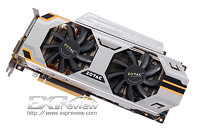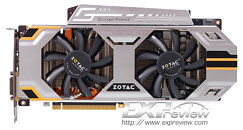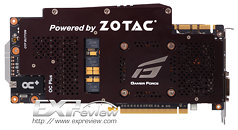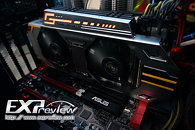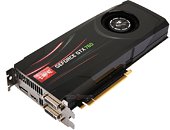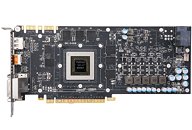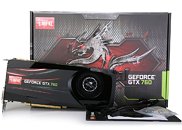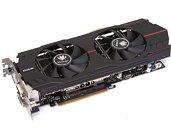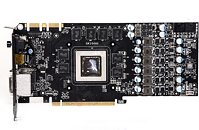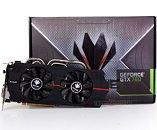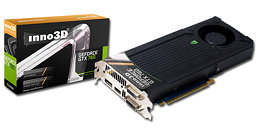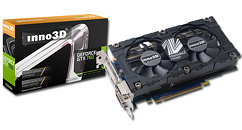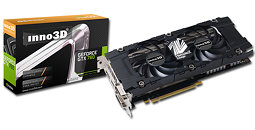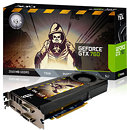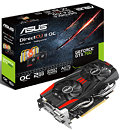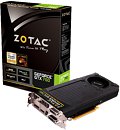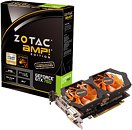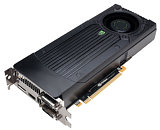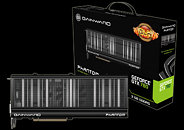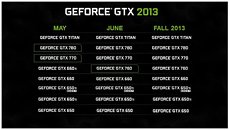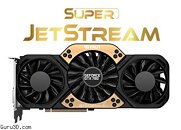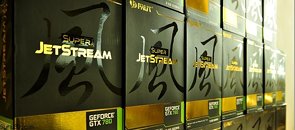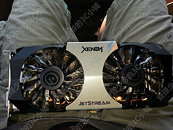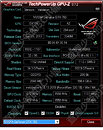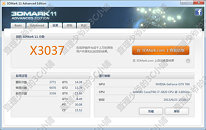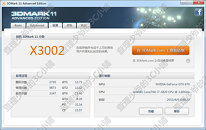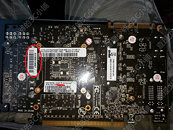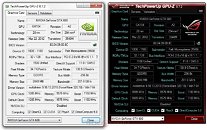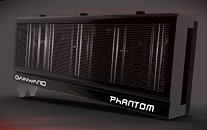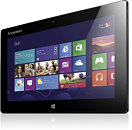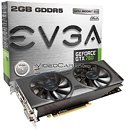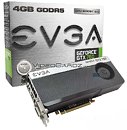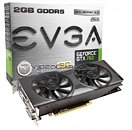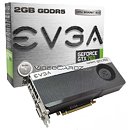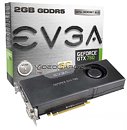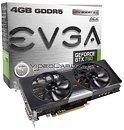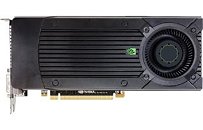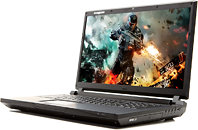EVGA's GeForce GTX 760 graphics card lineup will have no less than six models, based on three of its own cooler designs. The company even plans to take advantage of the leeway NVIDIA appears to have given its partners, to come up with custom-design GTX 760 graphics cards, in a bid to close the performance gap between the
$249-$299 GTX 760, and the $399 GTX 770. EVGA's GTX 760 lineup starts off with a base-model, which uses its new ACX cooling solution that made its debut with this generation. This card will stick to
NVIDIA reference clock speeds of 980 MHz core, 1033 MHz GPU Boost, and 6.00 GHz memory, and feature 2 GB of memory. EVGA is working on a 4 GB GTX 760, which sticks to reference clock speeds, but features the company's blower-type Signature cooler from previous generation.
Moving on, EVGA will deploy its latest ACX cooling solution on the GTX 760 SuperClocked. Armed with 2 GB of memory, this card gives you factory-overclocked speeds of 1072 MHz core, 1137 MHz GPU Boost, and an untouched 6.00 GHz memory. A few steps up the ladder, you'll find the GTX 760 FTW 2 GB, which uses the same blower-type previous-generation Signature cooler as the GTX 760 4 GB, but with 1085 MHz core, 1150 MHz GPU Boost, and 6.00 GHz memory. Another card with the same clock speeds is the GTX 760 FTW SuperClocked. This strangelet uses a different high-performance blower-type cooler, which made its debut with EVGA's custom-design GTX 780 graphics cards. At the top of the pile is the GTX 760 4 GB FTW, armed with double the memory amount, ACX cooling, and the same clock speeds as the other FTW cards. Given the $249-$299 positioning of the GTX 760, we're skeptical about EVGA launching water-cooling ready HydroCopper cards based on the chip. The cards are pictured below in the order of their mention, in the article.



